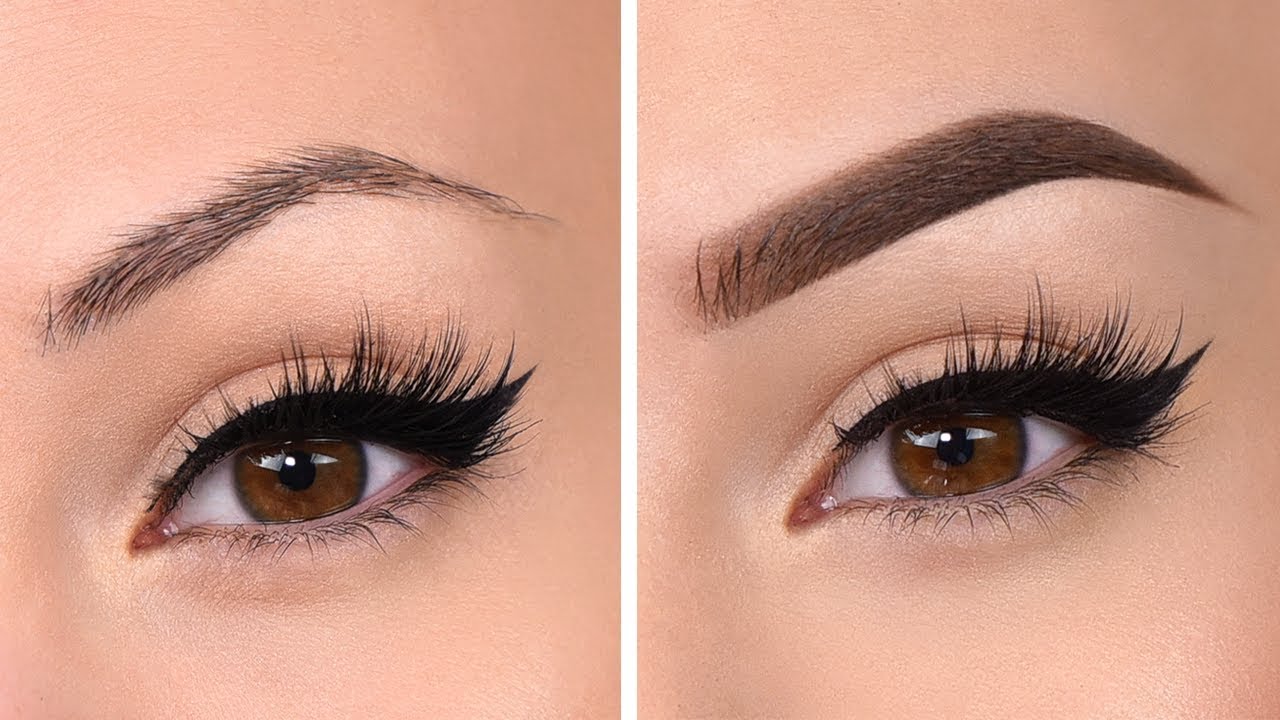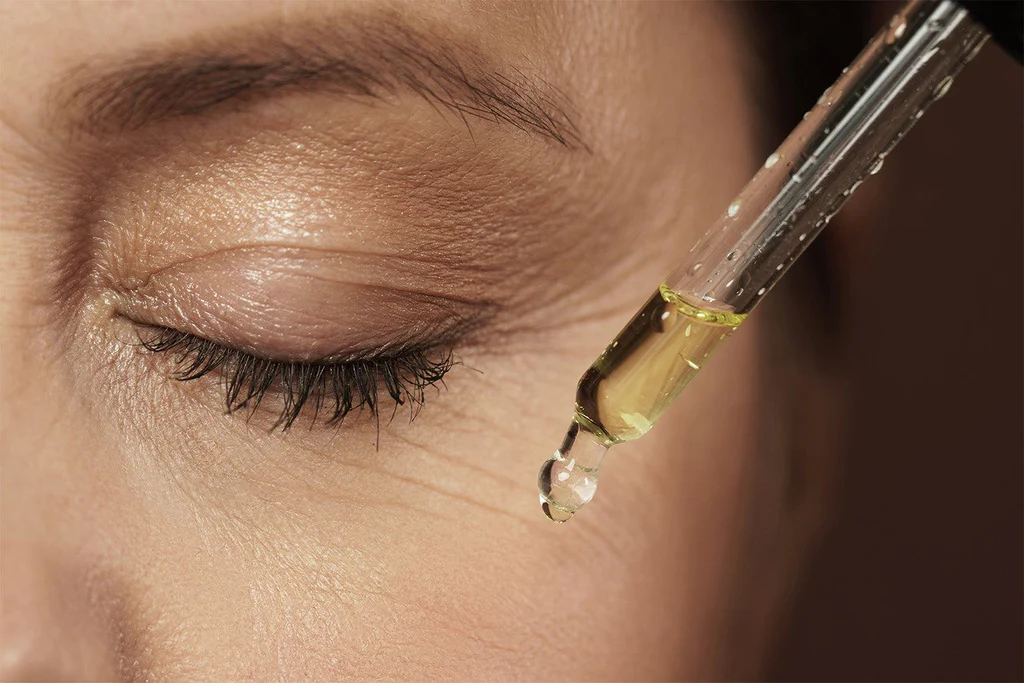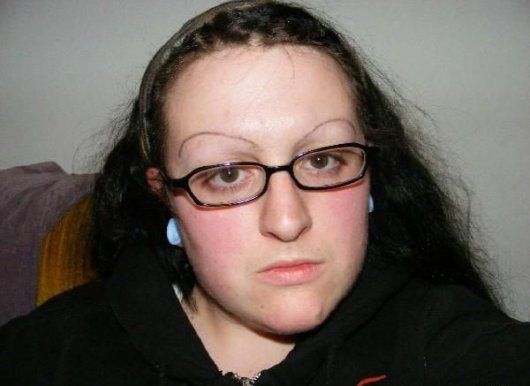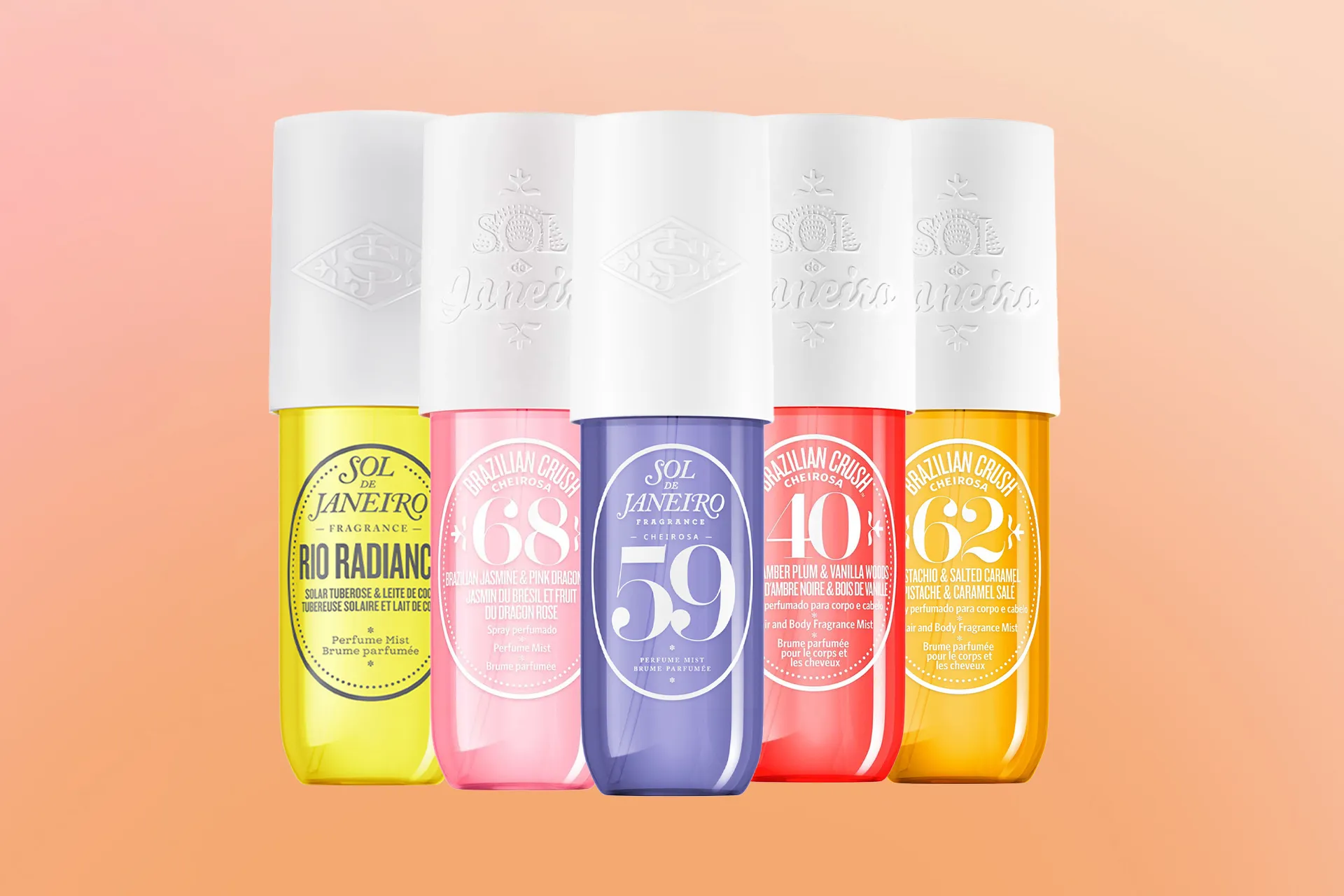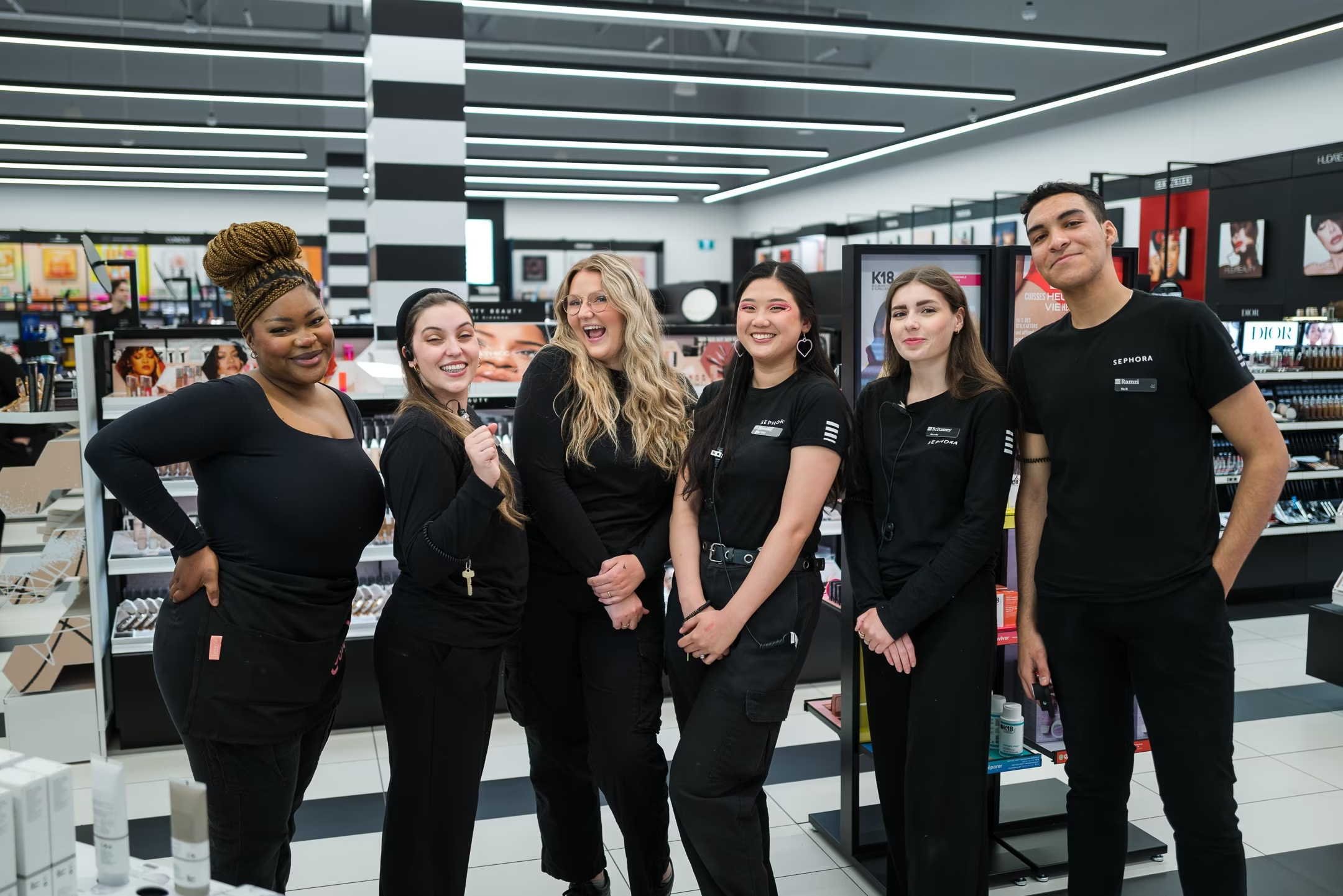
 By
Your Beauty Plug
By
Your Beauty Plug
Biore pore strips are a popular product that claims to remove blackheads and unclog pores in just 10 minutes. But do they really work? And are they safe for your skin? In this blog post, we will answer some of the most frequently asked questions about Biore pore strips and give you some tips on how to use them effectively.
Biore pore strips are adhesive strips that you apply to your nose or face after wetting your skin. The strips bond to the dirt and oil that clog your pores and pull them out when you peel off the strip. The result is a smoother and cleaner-looking complexion.
Biore offers a range of pore strips for different skin types and needs. Some of the variants are:
Biore pore strips do work in the sense that they can remove some of the dirt and oil that clog your pores. You can see the proof on the strip after you peel it off. However, they do not remove the entire blackhead, which is composed of a plug of keratin and sebum that forms inside the pore. The strip only removes the surface part of the blackhead, leaving the root behind. Therefore, Biore pore strips are not a permanent solution for blackheads. They can only provide a temporary improvement in the appearance of your pores.
Dermatologists have mixed opinions about pore strips. Some dermatologists say that pore strips are harmless and can be used occasionally as part of your skin care routine. They can help to reduce the size and visibility of your pores and make your skin feel smoother. However, other dermatologists warn that pore strips can cause more harm than good. They can irritate your skin, damage your pores, and increase the risk of infection. They can also strip away the natural oils and moisture that your skin needs to stay healthy and balanced. Therefore, dermatologists recommend that you use pore strips sparingly and with caution.
Biore nose strips should not be used more than once every three days. Using them more frequently can dry out your skin and cause irritation, redness, and inflammation. It can also make your pores more prone to clogging, as your skin will produce more oil to compensate for the loss of moisture. Therefore, you should limit your use of Biore nose strips to once or twice a week at most.
Biore pore strips pull out a mixture of dirt, oil, dead skin cells, and bacteria that accumulate in your pores. These are the main components of blackheads, which are a type of comedone. A comedone is a small bump that forms when a pore becomes clogged. There are two types of comedones: open and closed. Open comedones are blackheads, which have a dark color due to the oxidation of the oil and dirt. Closed comedones are whiteheads, which have a white or yellow color due to the lack of exposure to air.
Pore strips should be used after cleansing your skin and before applying any other products. This way, you can ensure that your skin is clean and free of any residue that might interfere with the effectiveness of the pore strips. You should also use pore strips before applying any makeup, as makeup can clog your pores and make your blackheads worse.
To use pore strips, follow these steps:
Pore strips can be used for blackheads, but they are not the best or the most effective way to treat them. Pore strips can only remove the surface part of the blackhead, leaving the root behind. This means that the blackhead will reappear soon after you use the pore strip. Pore strips can also irritate your skin and damage your pores, making your blackheads worse in the long run.
A better way to treat blackheads is to use products that contain ingredients that can dissolve the oil and dirt that clog your pores, such as salicylic acid, glycolic acid, or benzoyl peroxide. These products can penetrate deeper into your pores and remove the entire blackhead, preventing it from coming back. You can also use gentle exfoliators, such as scrubs or peels, to remove the dead skin cells that can trap the oil and dirt in your pores. However, you should avoid using harsh or abrasive products that can scratch or injure your skin.
Another option to treat blackheads is to visit a dermatologist or an aesthetician, who can perform professional extractions. This is a procedure where a sterile tool is used to gently squeeze out the blackhead from the pore. This can be more effective and safer than using pore strips, as it can remove the whole blackhead without damaging your skin. However, you should only have extractions done by a qualified and experienced professional, as doing it yourself or by an untrained person can cause infection, scarring, or hyperpigmentation.
Leaving a pore strip on overnight is not a good idea, as it can cause serious damage to your skin. Pore strips are designed to be used for a short period of time, usually 10 to 15 minutes. Leaving them on for longer can cause the following problems:
Therefore, you should never leave a pore strip on overnight. Always follow the instructions on the package and remove the pore strip as soon as it feels stiff and dry.
Pore strips are not suitable for everyone and should be avoided in some situations. You should not use pore strips if you have any of the following conditions:
If you are unsure whether pore strips are safe for you, consult your doctor or dermatologist before using them.
If you are looking for alternatives to pore strips, there are many other options that you can try. Some of them are:
Biore pore strips original and charcoal are two of the most popular variants of Biore pore strips. They both work in the same way, by adhering to the dirt and oil that clog your pores and pulling them out when you peel off the strip. However, they have some differences in their ingredients and benefits.
The original Biore pore strips contain polyquaternium-37, which is a synthetic polymer that acts as a film-forming agent and a conditioner. It can help to moisturize and soften your skin, as well as improve its elasticity and resilience. It can also prevent the growth of bacteria and fungi on your skin.
The charcoal Biore pore strips contain charcoal powder, which is a natural substance that is derived from wood, coconut shells, or bamboo. It has a high surface area and porosity, which allows it to absorb excess oil and impurities from your skin. It can also detoxify and purify your skin, as well as balance its pH level.
The original Biore pore strips are suitable for all skin types, while the charcoal Biore pore strips are ideal for oily or combination skin. The original Biore pore strips have a white color, while the charcoal Biore pore strips have a black color. The original Biore pore strips have a mild scent, while the charcoal Biore pore strips have a stronger scent.
Both Biore pore strips original and charcoal can help to remove some of the blackheads and unclog some of the pores on your nose or face. However, they are not a permanent or a complete solution for blackheads. They can also cause irritation, dryness, or damage to your skin if used too often or incorrectly. Therefore, you should use them sparingly and with caution, and follow the instructions on the package.
Biore pore strips are a popular product that claims to remove blackheads and unclog pores in just 10 minutes. They can provide a temporary improvement in the appearance of your pores and make your skin feel smoother. However, they do not remove the entire blackhead, which is composed of a plug of keratin and sebum that forms inside the pore. They can also irritate your skin, damage your pores, and increase the risk of infection. Therefore, they are not a permanent or a effective way to treat blackheads.
There are many alternatives to pore strips that you can try, such as clay masks, peel-off masks, pore vacuums, steam, or pore-minimizing products. These products can help to dissolve, extract, or reduce the oil and dirt that clog your pores, as well as improve your skin texture and tone. However, they also have their own pros and cons, and they should be used carefully and moderately.
The best way to prevent and treat blackheads is to follow a regular and gentle skin care routine that includes cleansing, exfoliating, toning, moisturizing, and protecting your skin. You should also avoid touching, picking, or squeezing your blackheads, as this can worsen your condition and cause scarring or infection. You should also consult your doctor or dermatologist if you have severe or persistent blackheads, as they can prescribe you medications or treatments that can help you.
We hope this blog post has been helpful and informative for you. If you have any questions or comments, please feel free to leave them below. Thank you for reading!

